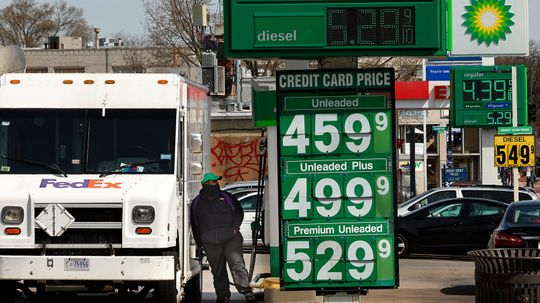Exploring the Intricacies Behind Price Disparities
An In-depth Analysis of the Factors Influencing Varied Gasoline Prices
When examining the reasons behind the fluctuating prices of gasoline, it becomes evident that numerous factors contribute to this phenomenon. While many consumers may assume that these price disparities are solely determined by market forces, a closer examination reveals a more intricate web of influences at play.
The Role of Supply and Demand in Determining Gasoline Prices
One crucial aspect influencing gasoline prices is the delicate balance between supply and demand. As fuel stations strive to meet consumer needs while ensuring profitability, they must navigate an ever-changing landscape dictated by market dynamics. When demand for gasoline surges or when supply experiences disruptions due to unforeseen circumstances such as natural disasters or geopolitical tensions, prices can skyrocket accordingly.
The Impact of Regional Taxes and Regulations on Fuel Costs
In addition to supply and demand considerations, regional taxes and regulations exert significant influence over gasoline prices. Governments often impose various levies on fuel products as part of their fiscal policies or environmental initiatives. These additional costs incurred by fuel stations inevitably get passed onto consumers through higher pump prices.
Economic Factors Contributing to Price Variations among Fuel Stations
Economic conditions also play a pivotal role in determining gasoline prices across different stations. Factors such as inflation rates, currency fluctuations, and global economic trends all have ripple effects throughout the petroleum industry’s complex network. Consequently, variations in exchange rates or shifts in international oil markets can directly impact pricing strategies adopted by individual fuel stations.
A Holistic Understanding: The Summation of Multiple Influences
To comprehend why gasoline prices vary from station to station, it is crucial to consider the interplay of various factors. Supply and demand dynamics, regional taxes and regulations, as well as economic conditions all contribute to the intricate pricing mechanisms observed in the fuel industry. By acknowledging these multifaceted influences, consumers can better comprehend why they may encounter different gasoline prices when visiting various stations.

